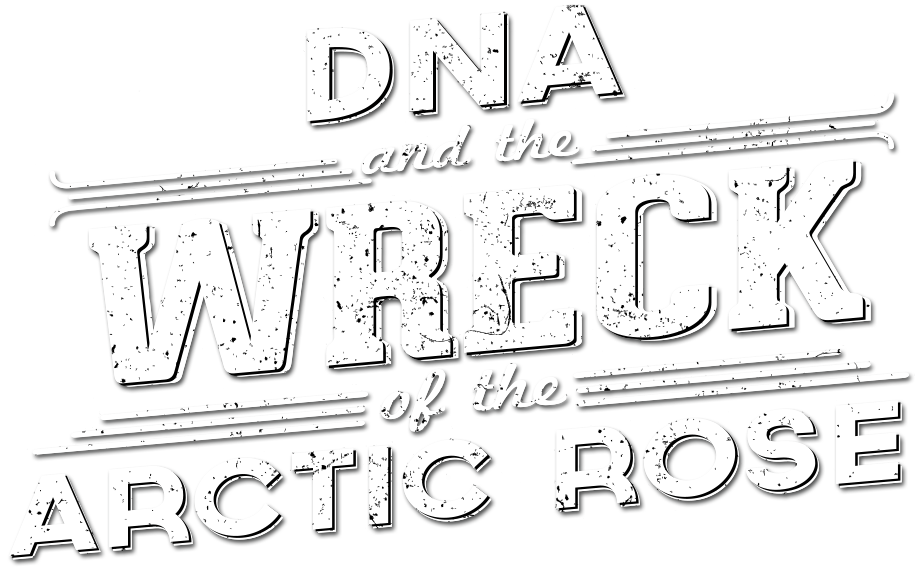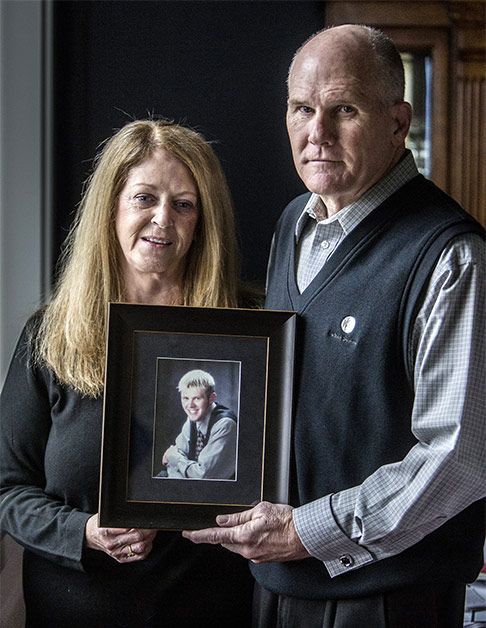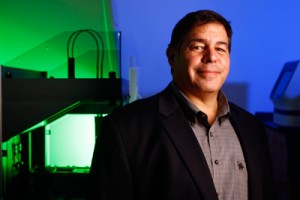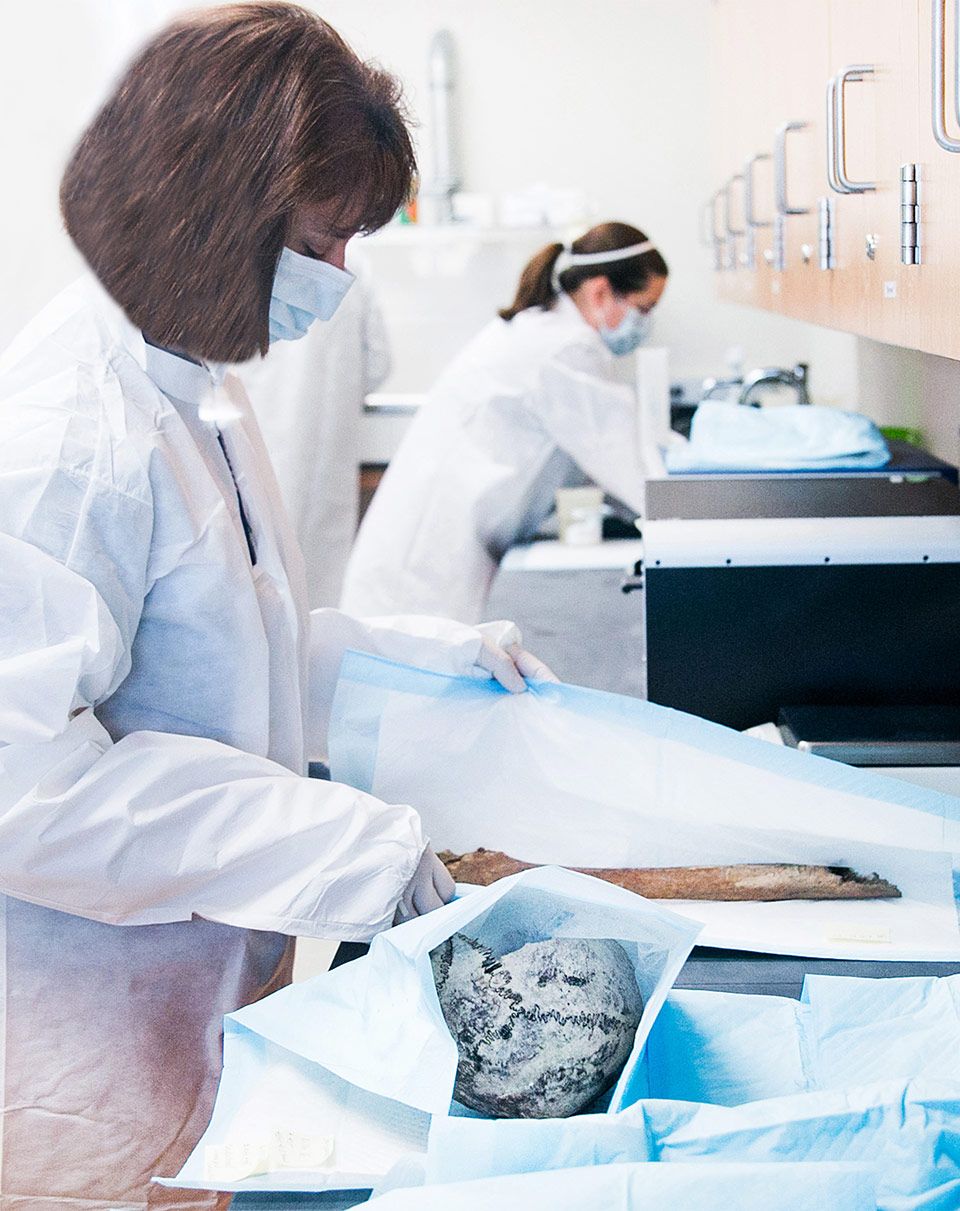
Nearly 14 years after a fishing trawler sank in the Bering Sea, the parents of one of the victims had long given up hope of recovering their son’s body.
When FBI agents knocked on her door the Friday before Christmas, 64-year-old Kathy Meincke was making lunch in the kitchen of her Olympia, Wash., home.
It had been nearly 14 years since a 92-foot-long fishing trawler called the Arctic Rose sank in the middle of the Bering Sea, taking with it the lives of its 15 crew members. One of them was Kathy’s 20-year-old son, Jeff.
While the sunken vessel eventually was located in 428 feet of freezing water, only one body, the captain of the Arctic Rose, was ever recovered. Kathy and her husband, David, long since had abandoned hope of finding the remains of their youngest child – until two FBI agents showed up with stunning news.
“The agents said some bones had been found in the Bering Sea. They had been identified. And they were Jeff’s,” Kathy said. “It took us five minutes before we could say anything after that.”
The unlikely 14-year journey that will bring the bones of Jeff Meincke back to his parents was part luck but mostly science, and it included a number of improbable stops. From the depths of the Bering Sea to the decks of a trawler that accidentally snagged the remains. From the offices of Alaska Wildlife troopers to the offices of a medical examiner in Anchorage.
And from there, the bones went on a nearly 4,000-mile trip to a hillside campus overlooking downtown Fort Worth, home to UNT Health Science Center and its Center for Human Identification. That’s where a team of internationally recognized forensic DNA experts working in the Missing Persons Laboratory tested the bones and determined they belonged to a biological child of Kathy Meincke.
“So many things about this seem impossible.” Kathy said. “I consider it a miracle.”
style=”/* -webkit-transform: translateZ(-.75px) scale(2); */-moz-transform: translateZ(-.75px) scale(2);/* transform: translateZ(-.75px) scale(2); */”
“So many things about this seem impossible. I consider it a miracle.”

Kathy and David Meincke hold a portrait of their son.
(Photo: Steve Ringman / The Seattle Times)
‘I told him to be safe.’
►►Jeff Meincke had ash blonde hair, blue eyes, freckles and a dimple. He was an Eagle Scout who played baseball in high school, enjoyed hiking and fishing, loved golf and worked part-time after school in a veterinarian’s office. He had plenty of friends and a serious girlfriend, but one of his closest companions was a 13-pound adopted cat named Spyro.
Jeff was planning to enroll at Washington State to study veterinary medicine but first decided to earn some money. His gig on the Arctic Rose began in mid-January 2001 and was supposed to end by May 1. The crew trawled the Bering Sea in search of pollock and flathead sole, hauling in 20,000 pounds on April 1 near the Pribilof Islands, about 500 miles southeast of the Siberian coast.
The day before the big haul, Kathy Meincke’s final phone conversation with Jeff covered topics both mundane and meaningful. Ship life was dull. He helped de-ice the boat with a baseball bat. He was in love with his girlfriend and planned to marry her.
“He told me he loved me,” Kathy said. “I told him to be safe.”
But when dawn broke on April 2, 2001, the ship had disappeared without a single distress call. Coast Guard investigators later sent two submersibles to the sea floor and took video of an open watertight door. They concluded that the ship flooded in less than 5 minutes, leaving no time for the crew to escape.
Several months later, a devastated Kathy Meincke took the advice of a law enforcement officer. She went to her local police department and provided a DNA sample, allowing an officer to take a swab of the inside of her cheek. It took perhaps 15 minutes.
“It seemed like such a long shot,” she said. “I really didn’t feel like it would do any good.”
Naming the dead

Art Eisenberg, PhD
►►Arthur Eisenberg, PhD, is a trailblazer in DNA identification. In a career that’s spanned three decades, he has worked on cases involving serial killers, mass graves, hurricanes, terrorist attacks and all manner of violent crimes. Under his leadership, UNT Health Science Center has developed a national reputation for solving crimes and naming the unidentified.
Law enforcement agencies from around the country routinely send human remains to the Missing Persons Lab. Boxes of bones arrive weekly, and it’s up to the team of forensic experts assembled by Dr. Eisenberg to name the dead.
They have been as successful as just about any group in the country. Since 2003, the Health Science Center has processed more than 5,200 human remains, making more than 1,500 DNA associations that led to identifications. In addition, the Center has analyzed more than 14,400 family reference samples, representing more than 8,000 missing person cases.
UNTHSC is the nation’s only lab set in an academic center that is approved to upload genetic data for unidentified remains to the FBI’s Combined DNA Index System, a criminal justice database and software better known as CODIS. It is CODIS’ largest contributor of genetic information on unidentified remains.
“I think about my grandchildren, and then I think about families out there who don’t know what happened to their son or their brother, or their daughter or their sister,” Dr. Eisenberg said. “I’m not sure our work brings closure to these families, but I do like to think there is peace in knowing some answers.”

A technician in UNTHSC’s Missing Persons Lab prepares bones for DNA extraction.
A long shot, then a miracle
►►In September 2009, a vessel called the Blue Gadus was fishing the Bering Sea about 40 miles southeast of where the Arctic Rose was found. A crew member saw several large bones tangled in netting and managed to save three of them. A biologist on board determined they were human and stored them in the freezer until the vessel returned to port.
The bones went from the custody of Alaska Wildlife troopers to the medical examiner’s officer in Anchorage, where they remained in storage for about five years. Eventually, they were shipped to UNT Health Science Center in the hopes that DNA testing could provide answers.
An anthropologist determined the three bones came from the same individual, and then sent sections of them to the Missing Persons Lab, led by Dixie Peters. Her team was able to extract a clean DNA profile, information that has little value in a vacuum but is invaluable if a family member has provided a reference sample for comparison.
When lab personnel uploaded the genetic information to CODIS, there was a hit. It was the reference sample provided by Kathy Meincke 14 years earlier. A couple of days after the identification was made, FBI agents showed up at the Meincke home.
“Had the family reference sample never been collected, this association never would have happened,” Peters said. “What are the chances that these bones would have been recovered so far under water and so far out at sea? What are the chances that not only would the DNA be viable but that the family had provided a sample?”
There is a cemetery in the rolling hills of western Washington with a family plot for the Meinckes. Buried beneath a grave marker memorializing Jeff Meincke is a small casket filled with mementoes of his too-short life. Later this year, his parents plan to retrieve his bones from Alaska and place them in the casket, along with the cremated remains of his beloved cat, Spyro.
“It brings up some pain, but we still consider this such a gift,” Kathy Meincke said. “If there are people in my situation, I would tell them to register their DNA. It’s a long shot, but you might get lucky. You might have that miracle happen.”
“It’s a long shot, but you might get lucky. You might have that miracle happen.”


Social media